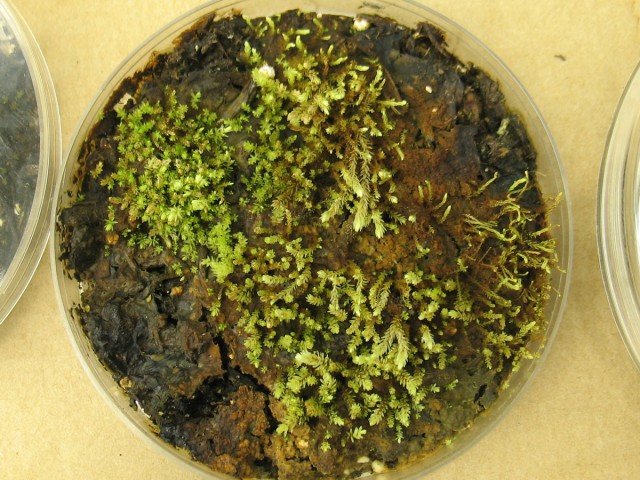Frozen plants from the Little Ice Age regenerate spontaneously
Ars Technica » Scientific Method 2013-05-29

Retreating glaciers are proving to be good news for plant scientists. Underneath one such glacier on Ellesmere Island in Canada, researchers have found plants that they believe have regrown after being entombed in the glacier for more than 400 years, since a cold period called the Little Ice Age.
These plants are called bryophyte, a group that includes mosses. They are non-vascular, which means they do not have tissue that distributes resources throughout the plant and they do not reproduce through flowers and seeds. They use spores instead. But they also possess the ability to regrow from tiny fragments of themselves through a process called clonal growth. "This ability makes bryophytes pretty tough," Andrew Fleming, a plant scientist who was not involved in the study, said.
The discovery reported in the journal Proceedings of the National Academy of Sciences was made by a team led by Catherine La Farge, an expert on bryophytes at the University of Alberta. Because the bryophytes found were not much different from similar varieties found in the wild today, La Farge used radio carbon dating to confirm the age of their find.
Read 6 remaining paragraphs | Comments